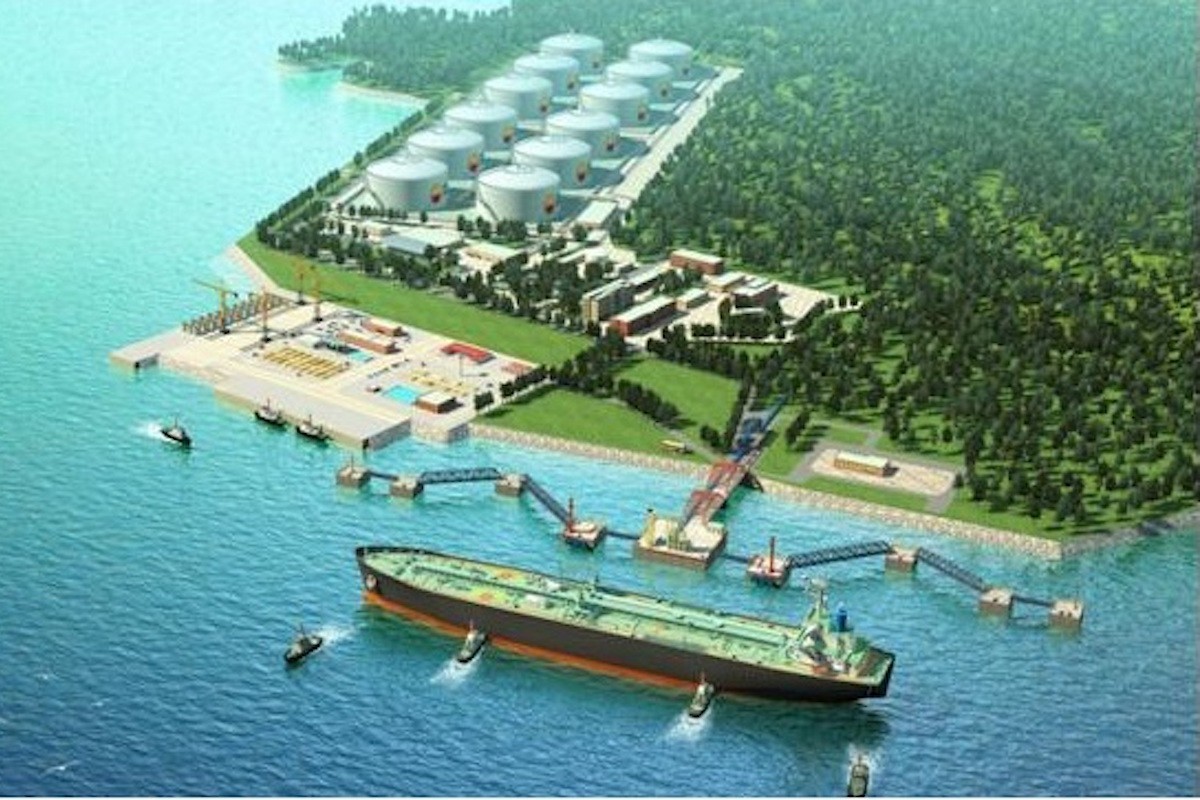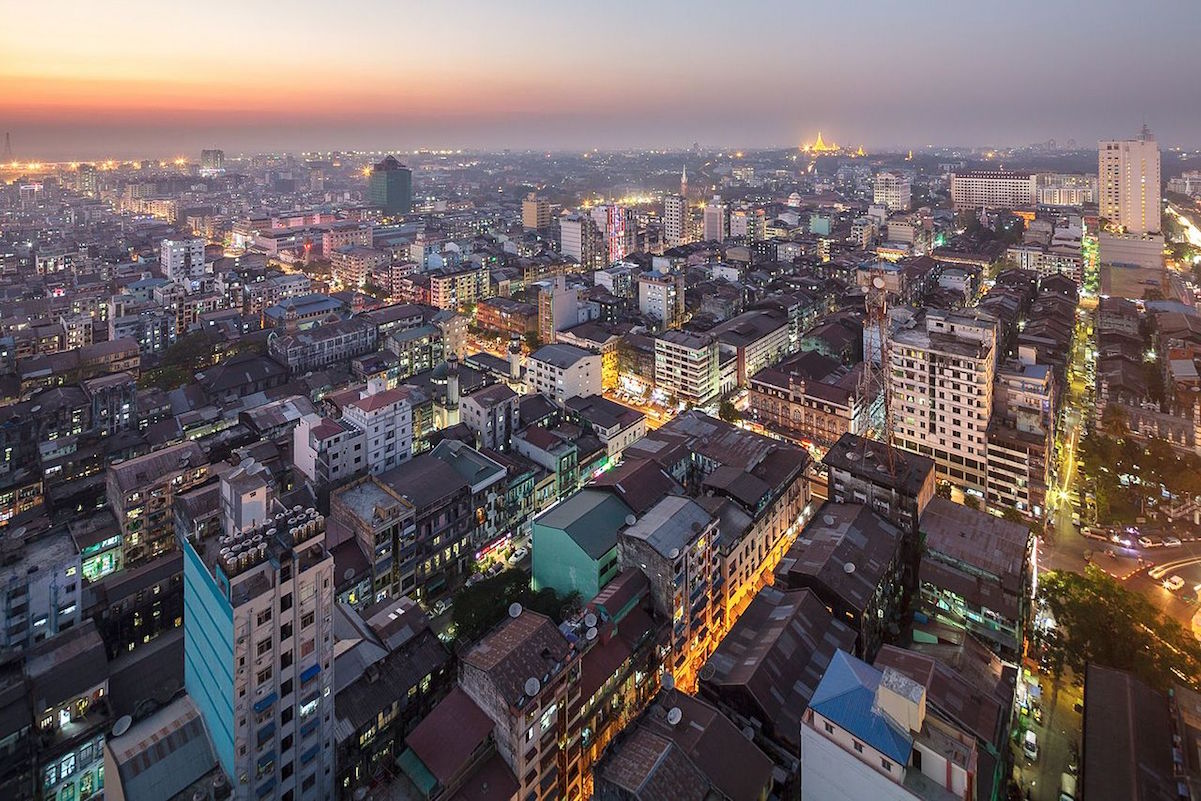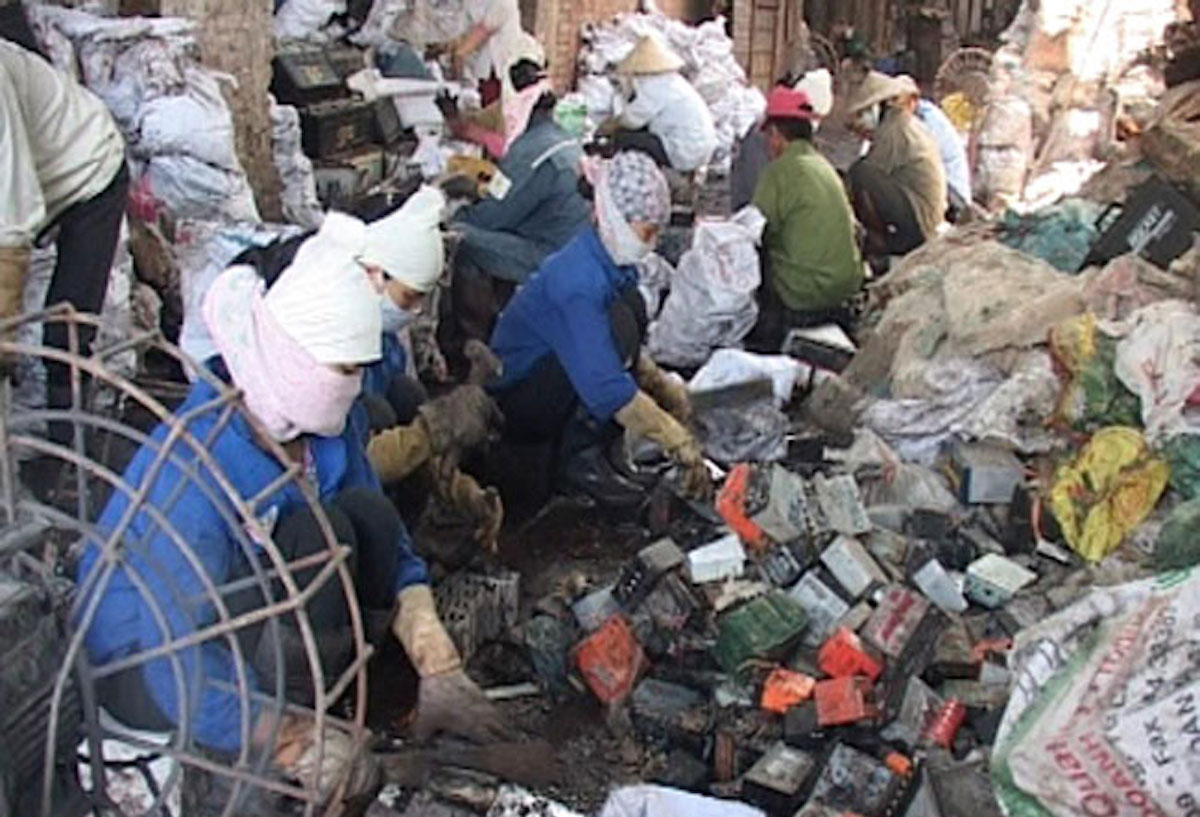The town of Kyaukpyu, nestled around a small fishing port on the Bay of Bengal, has the air of a place expecting to get rich soon.
In the seaside market, stalls of seafood unloaded from wooden fishing boats floating in the rubbish-strewn harbor have been joined by stacks of Chinese-made toys and smartphones. Nearby, cattle graze between building sites as high-rise offices and hotels replace weather-stained bungalows. Fine-dining rooftop restaurants and a golf course underline the sense of transition.
Much of the development, and a jump in land prices, are anticipating a gigantic prize for this remote Myanmar town of 50,000 people: $10 billion to build a deep-sea port and industrial zone, financed by China. The investment plan — seven times the cost of Chinese-built ports in Sri lanka and Cameroon — has put Kyaukpyu at the center of a debate in Myanmar and across Asia as to who really benefits from China’s grand Belt and Road strategy.
“The real danger of the port is that its extreme expense could lead the Myanmar government to take out an unsustainable level of debt,” said Greg Poling, director of the Asia Maritime Transparency Initiative, at the Center for Strategic and International Studies in Washington. “That, in combination with other current and future projects in Myanmar, could in the coming years lead to a debt trap.”





